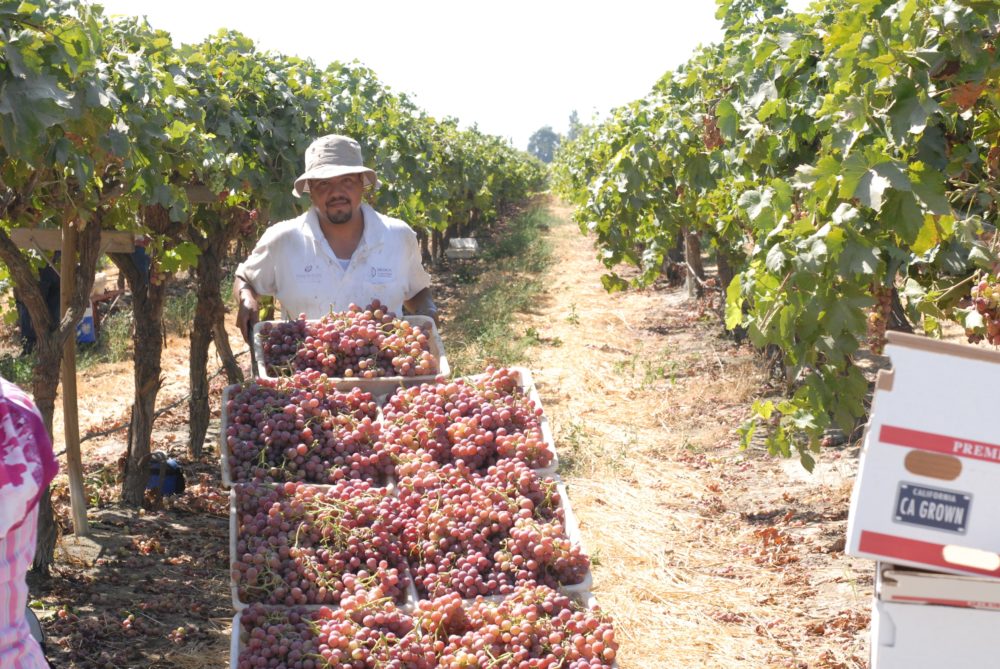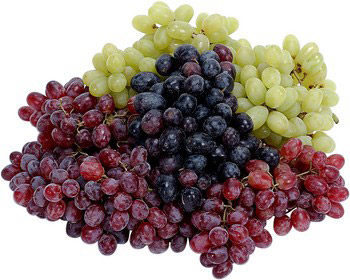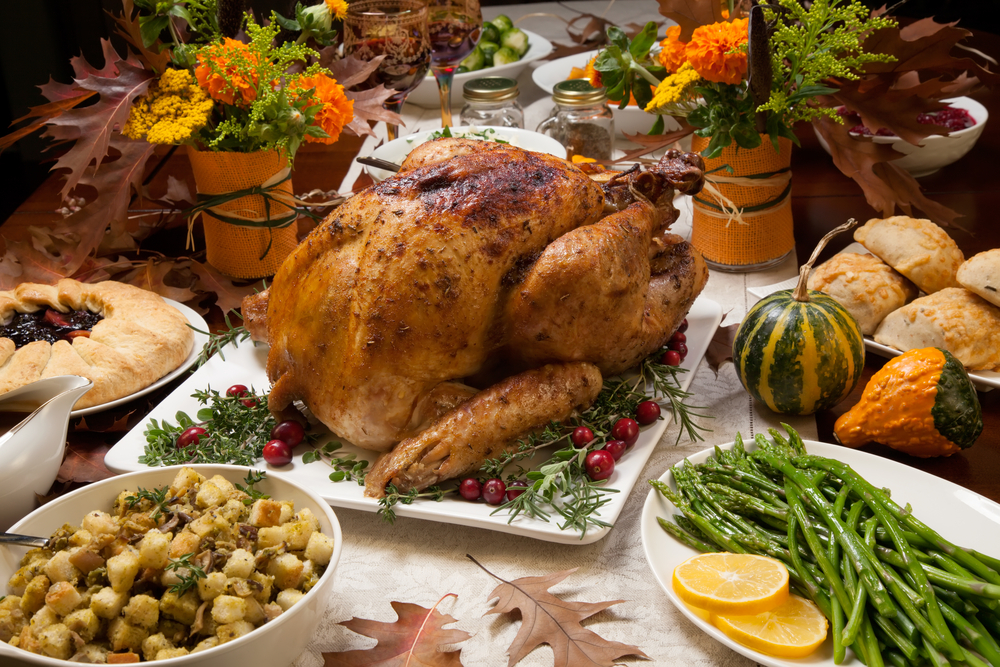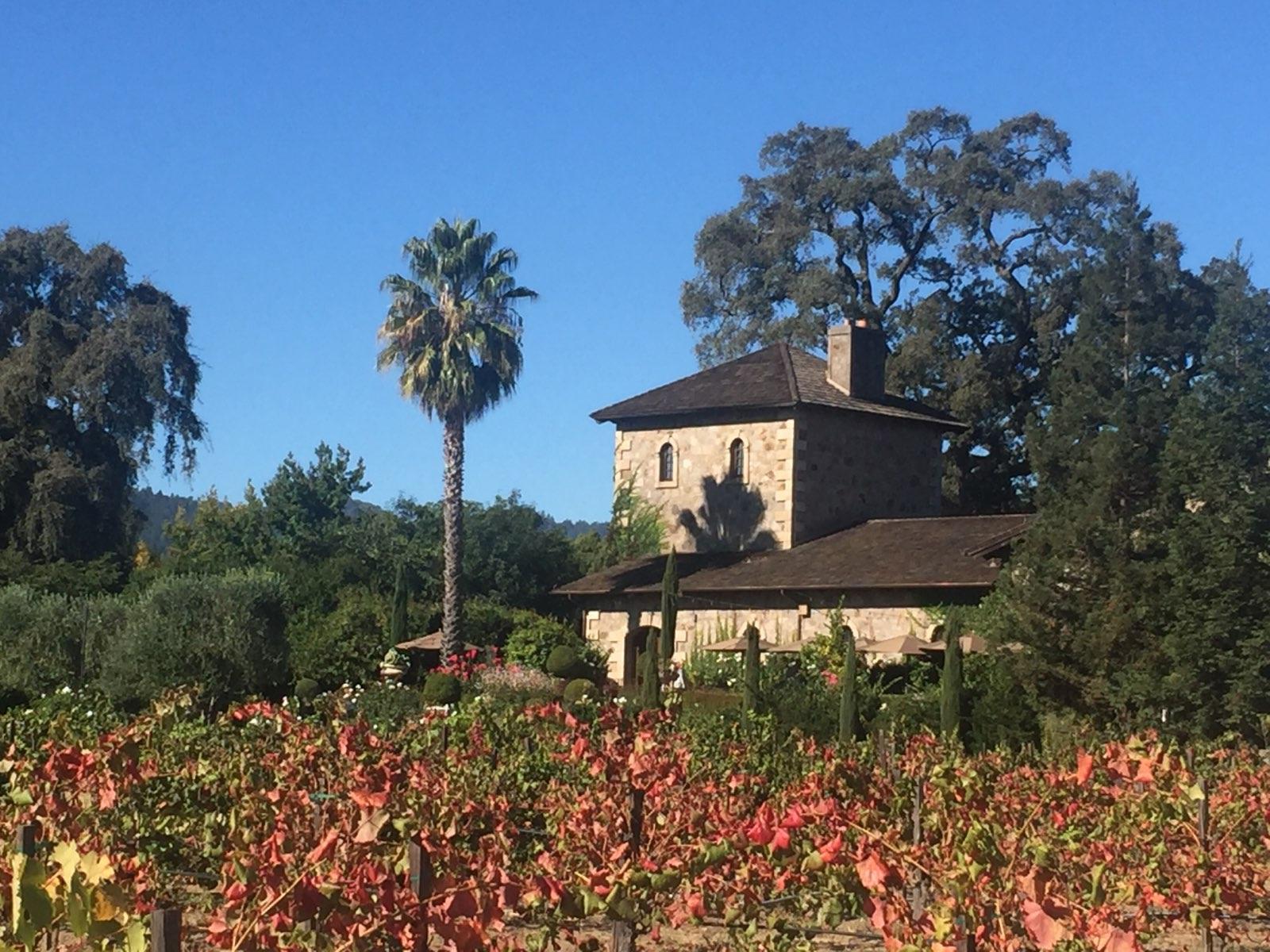Trees and Vines
Mariani Packing Co. Puts Food Safety Top Priority
Mariani Served as Chair of the Safe Food Alliance
By Patrick Cavanaugh, Editor
The Mariani Packing Company is one of the largest specialty crop growers and handlers in the state, packing many different types of fruit on a massive scale. California Ag Today recently spoke with Mark Mariani, executive chairman of the Mariani packing company in Vacaville and the outgoing chairman of the Safe Food Alliance (SFA), an organization specializing in food safety among growers, packers, and processers to maintain high standards of food safety and prevent consumer illness.
“Our four major specialty crops areas is that we’re the second largest cranberry growers (with operations back east) and packers, (with operations back east), and we also grow and pack mangoes out of Mexico, Mariani said. “And we are probably the third-largest raisin grower/packer in California. We also repack prunes for the world market.”
Mariani said that the products that they bring in from Mexico are held to the same standard as produce grown inside the United States. Consumers always look back at the supplier when it comes to food safety, so they ensure that standards meet or exceed the U.S. standards.
Mariani reflected on his part in the Safe Food Alliance organization.
“It’s an exciting time for DFA (which still stands as an entity as it’s being morphed into the Safe Food Alliance) because of the growth and the fact that it is offering so many more services to our members. We recognize that for us to move forward as an industry, we have to be better than anyone else and especially foreign competition,” he said. “And you do that because you can create trust, and I think there’s a solid brand with SFA ,if you’ve been approved and a member … that you are operating within the SFA conditions.”
As the former chairman of SFA, Mariani enjoyed working with passionate people.
“The individuals in the DFA and SFA are passionate people that want to do and exceed the expectations or their members. And most importantly, you want to provide safe food for consumers,” Mariani said.
The new Chair of Safe Food Alliance is Dane Lance, President and CEO of Sunsweet Growers, the world’s largest and most famous brand of dried tree fruits including prunes, apricots, and mangos.





















